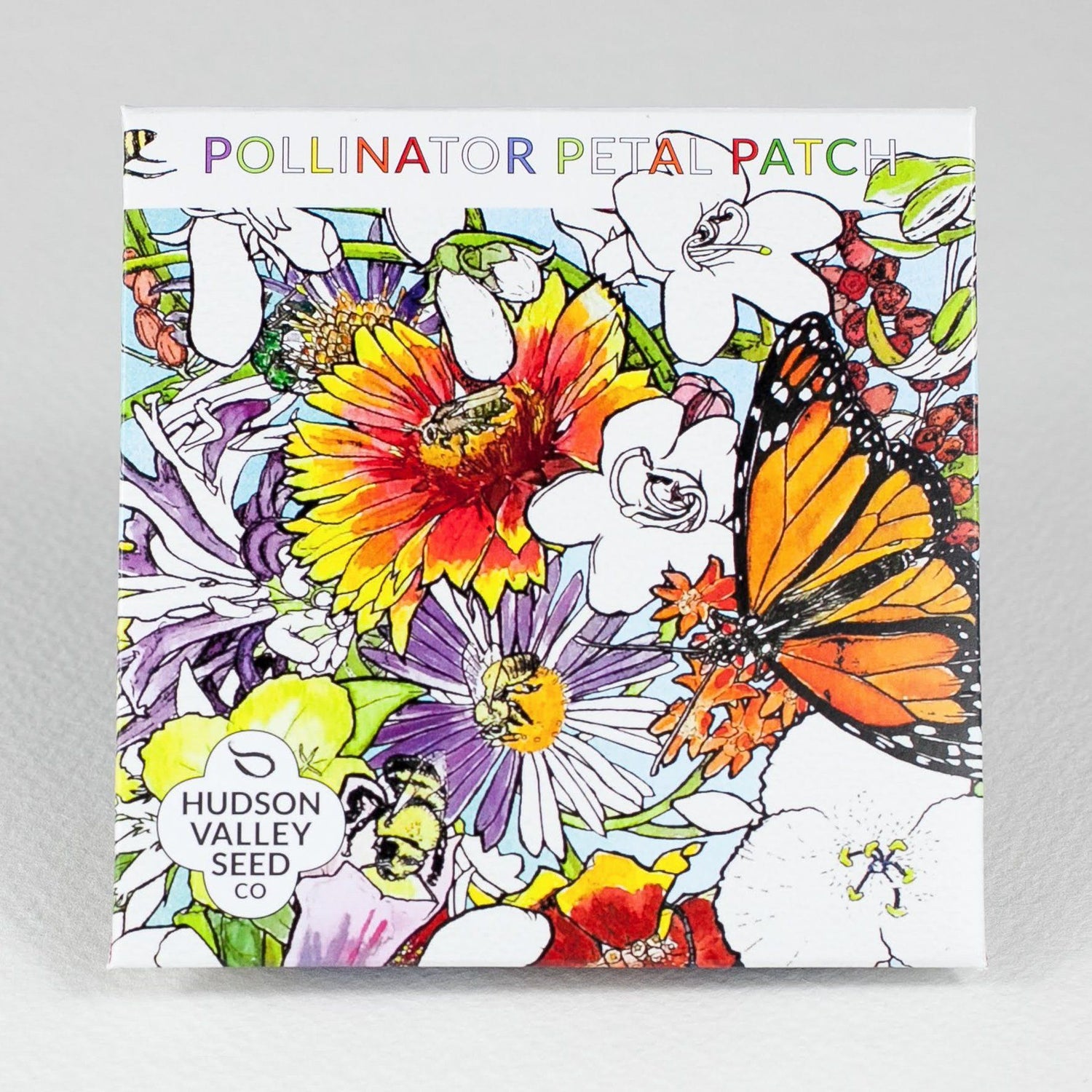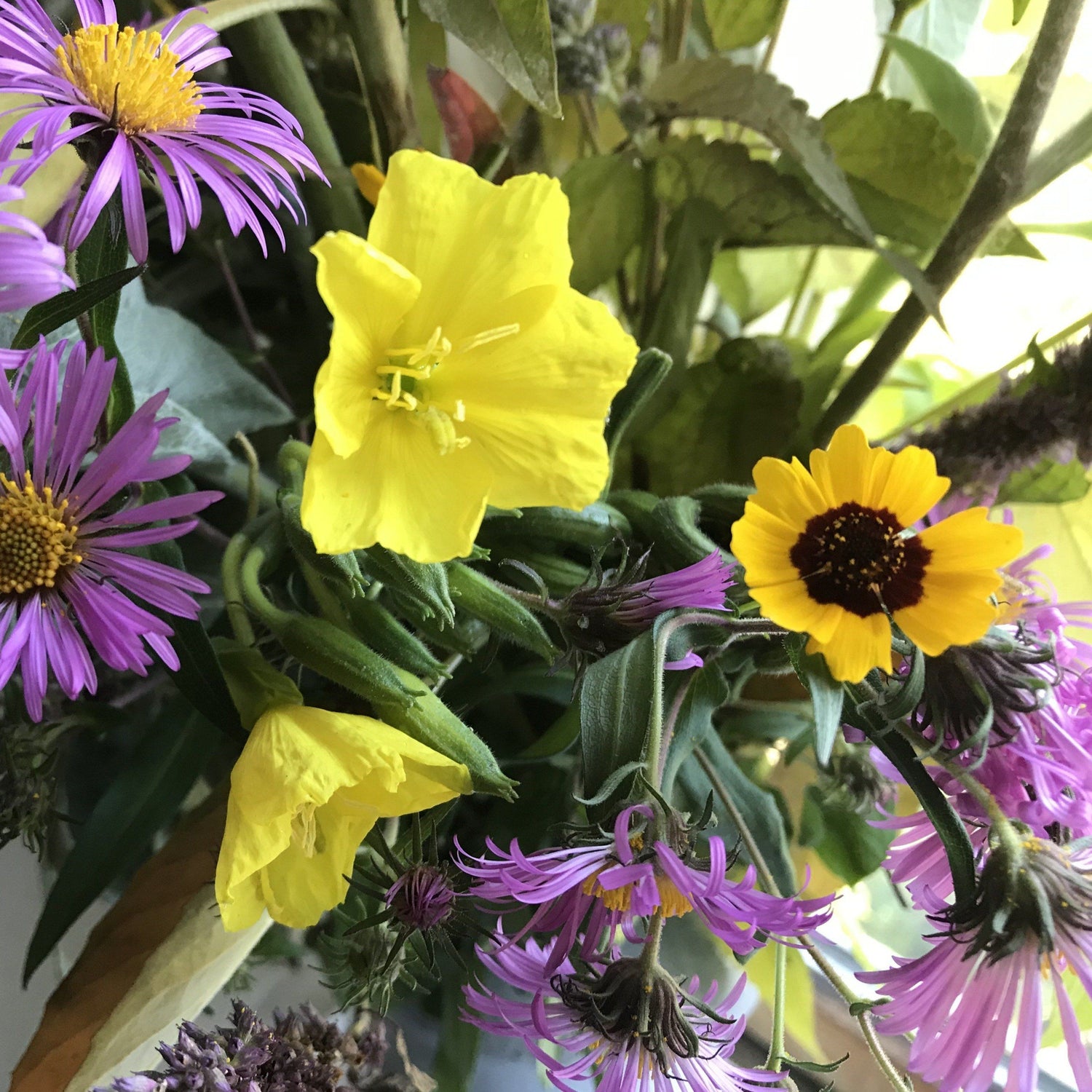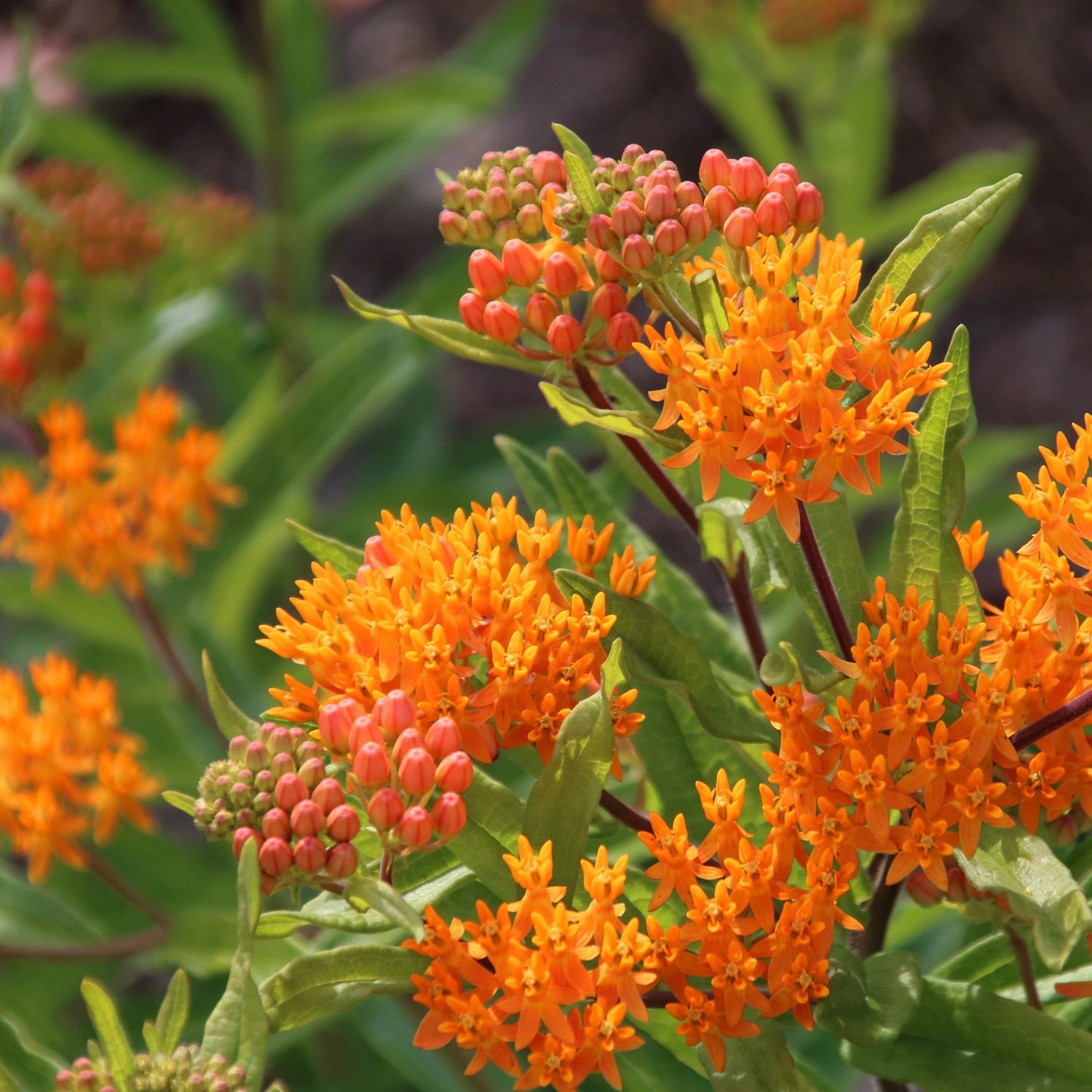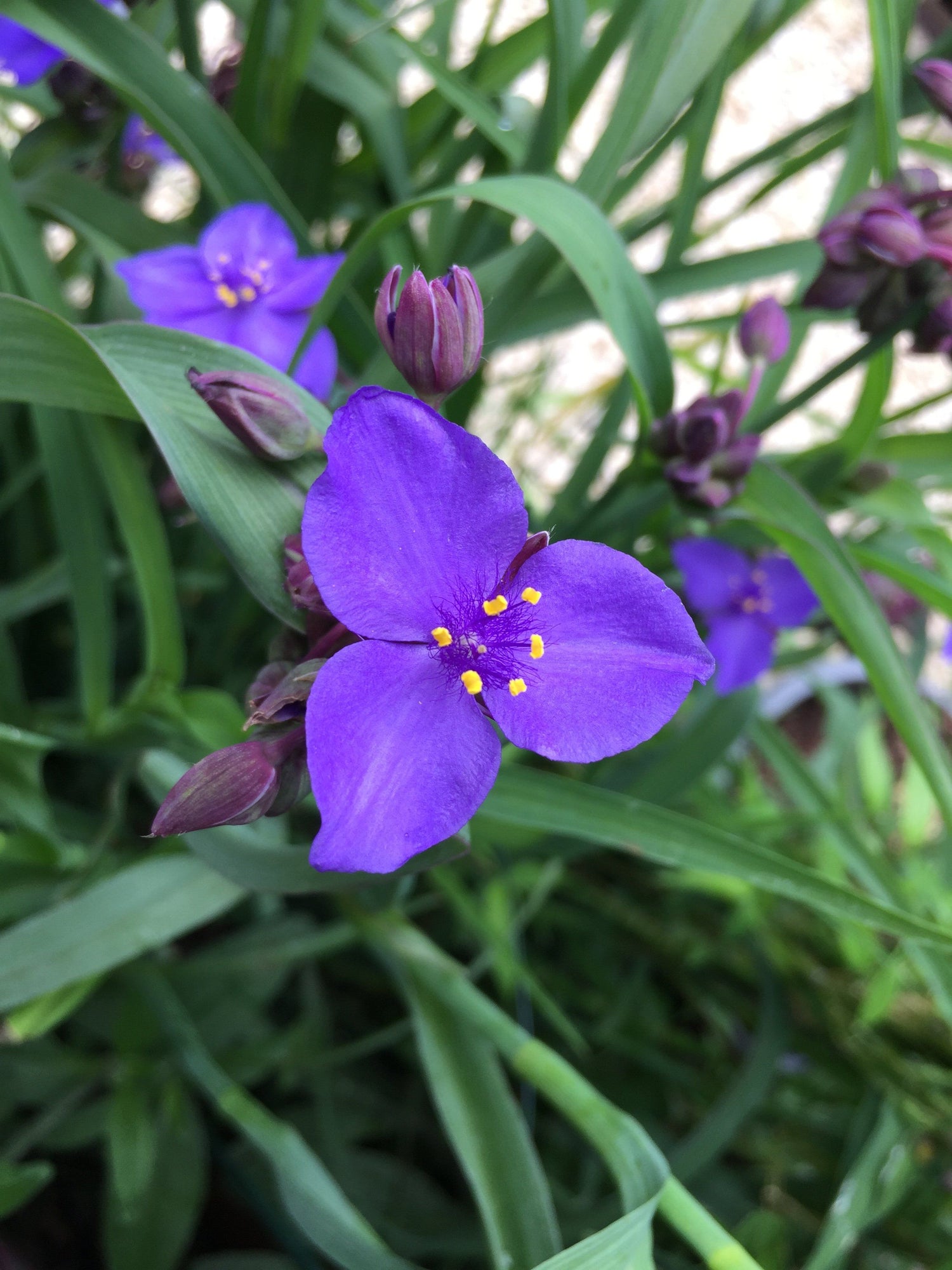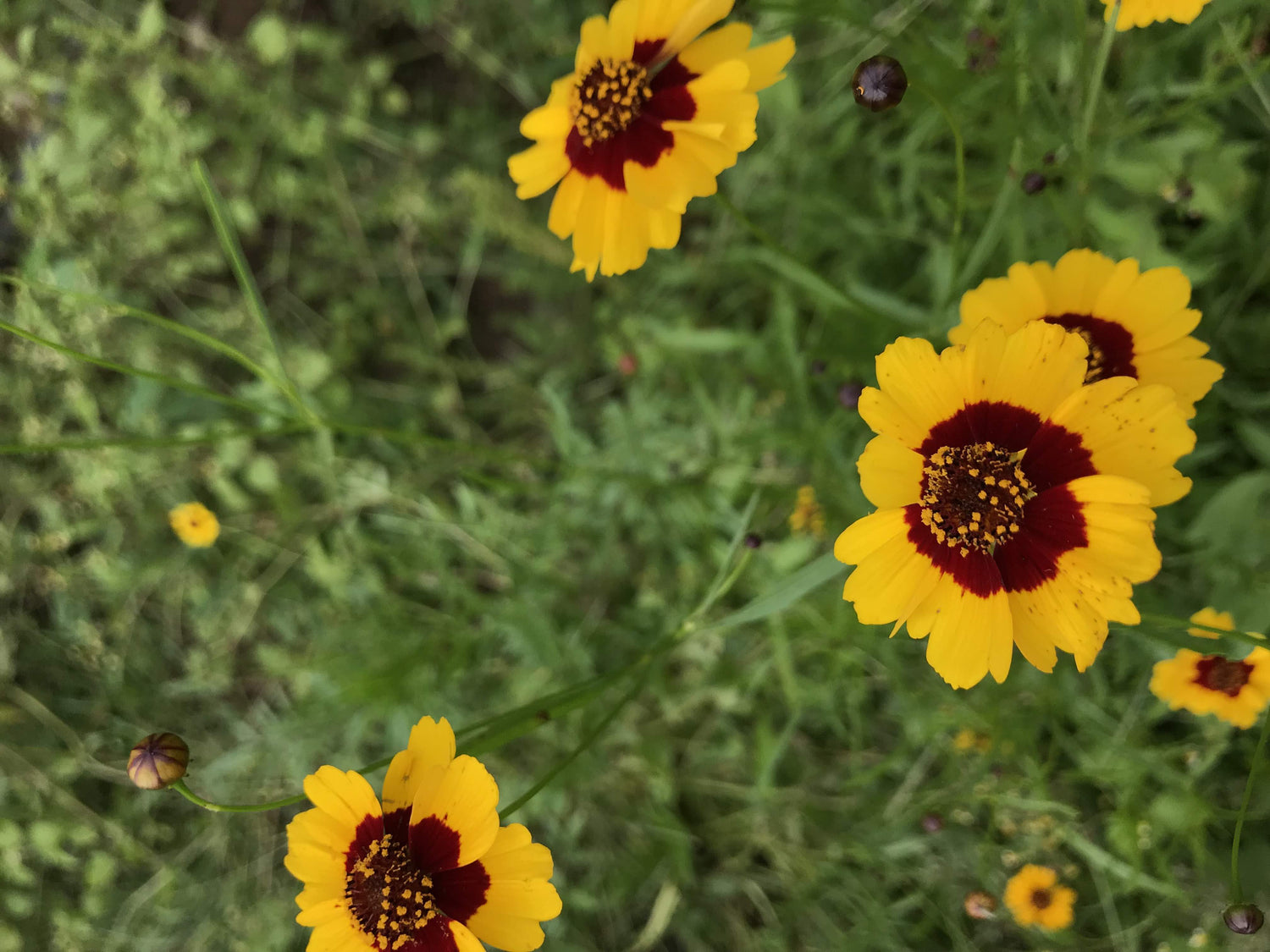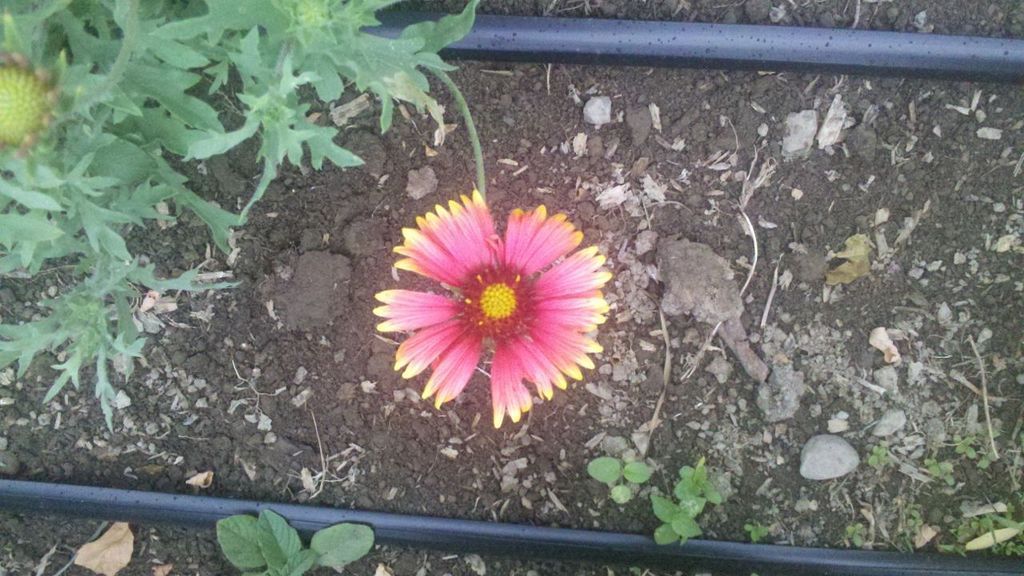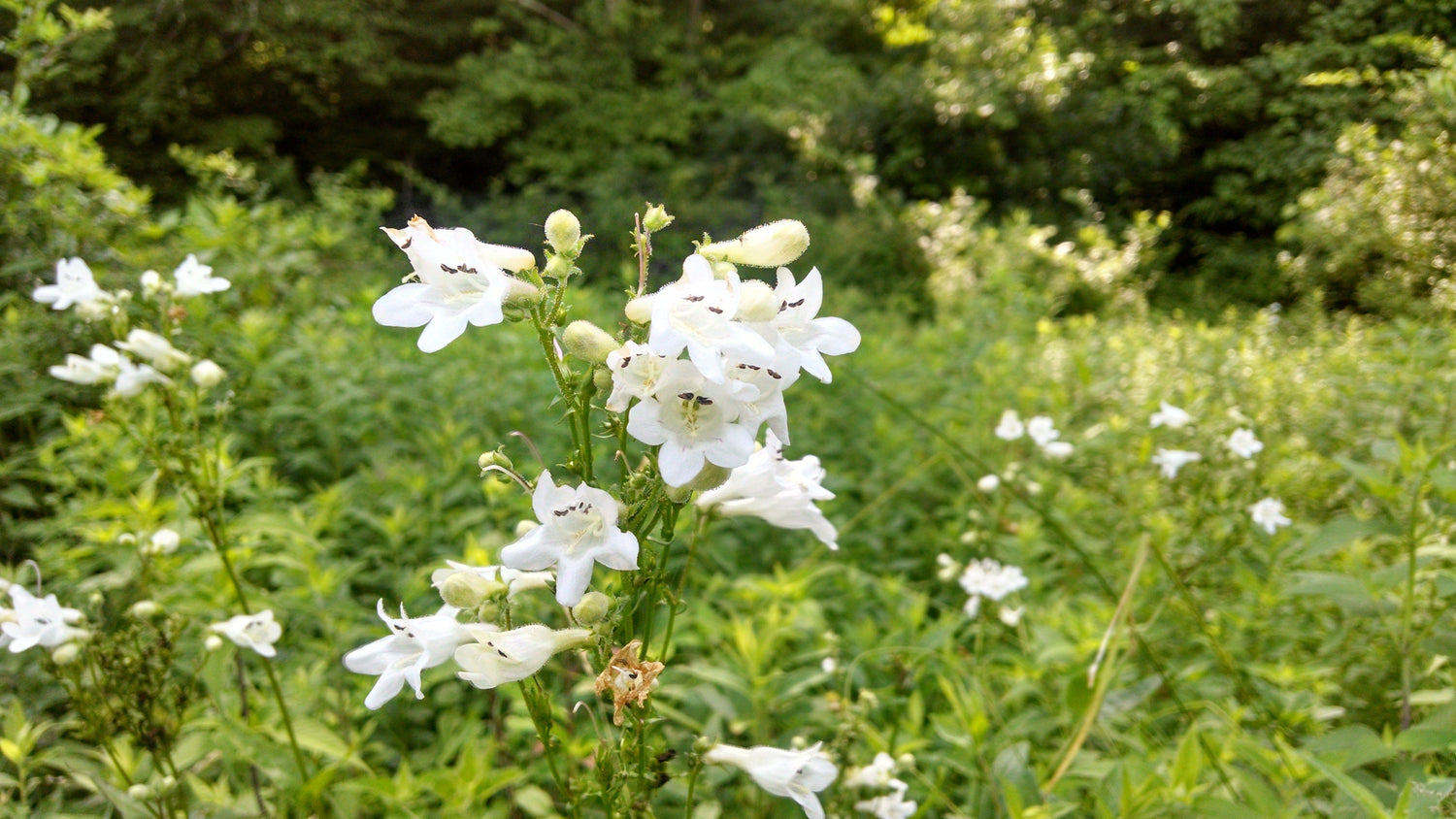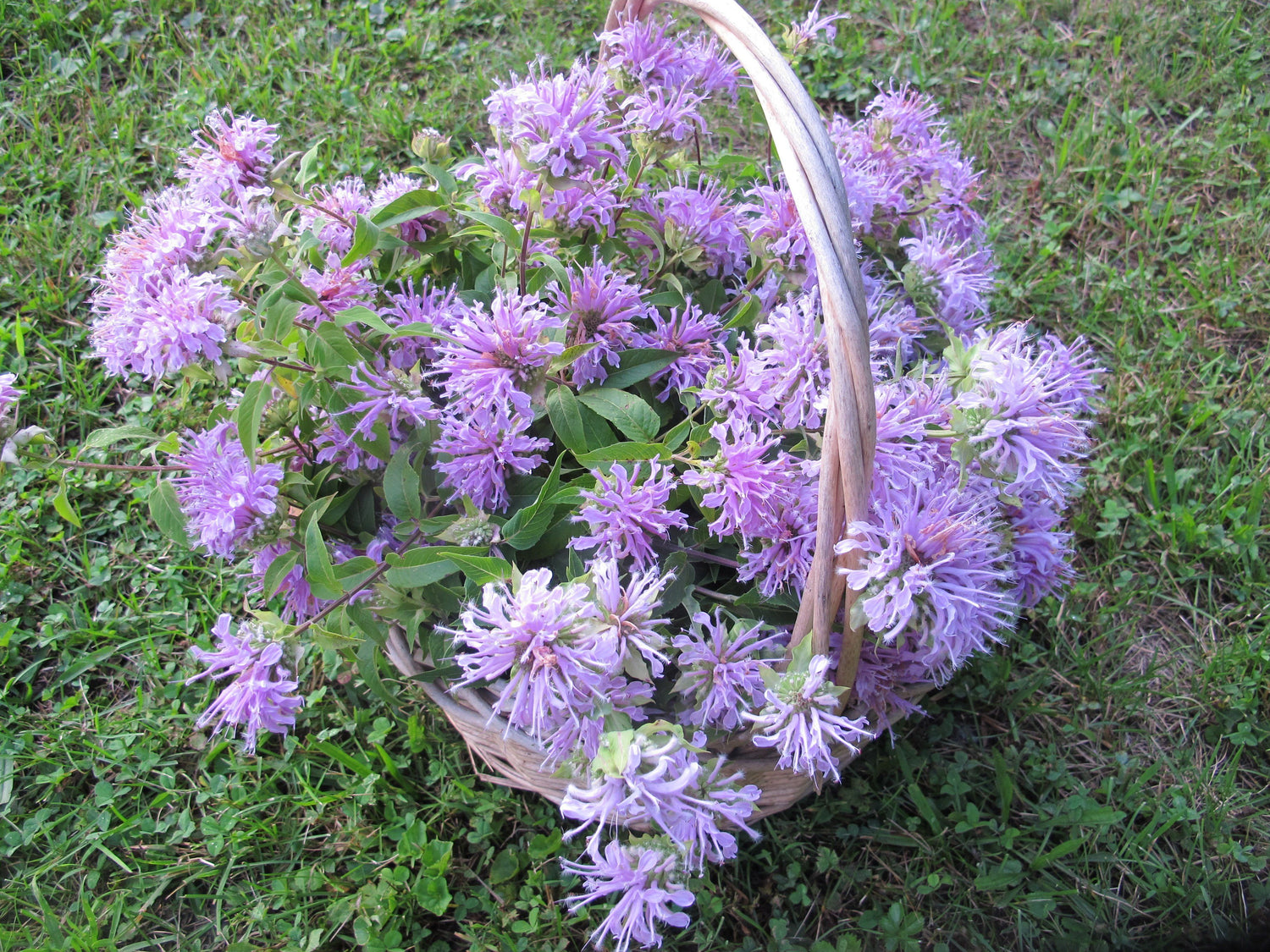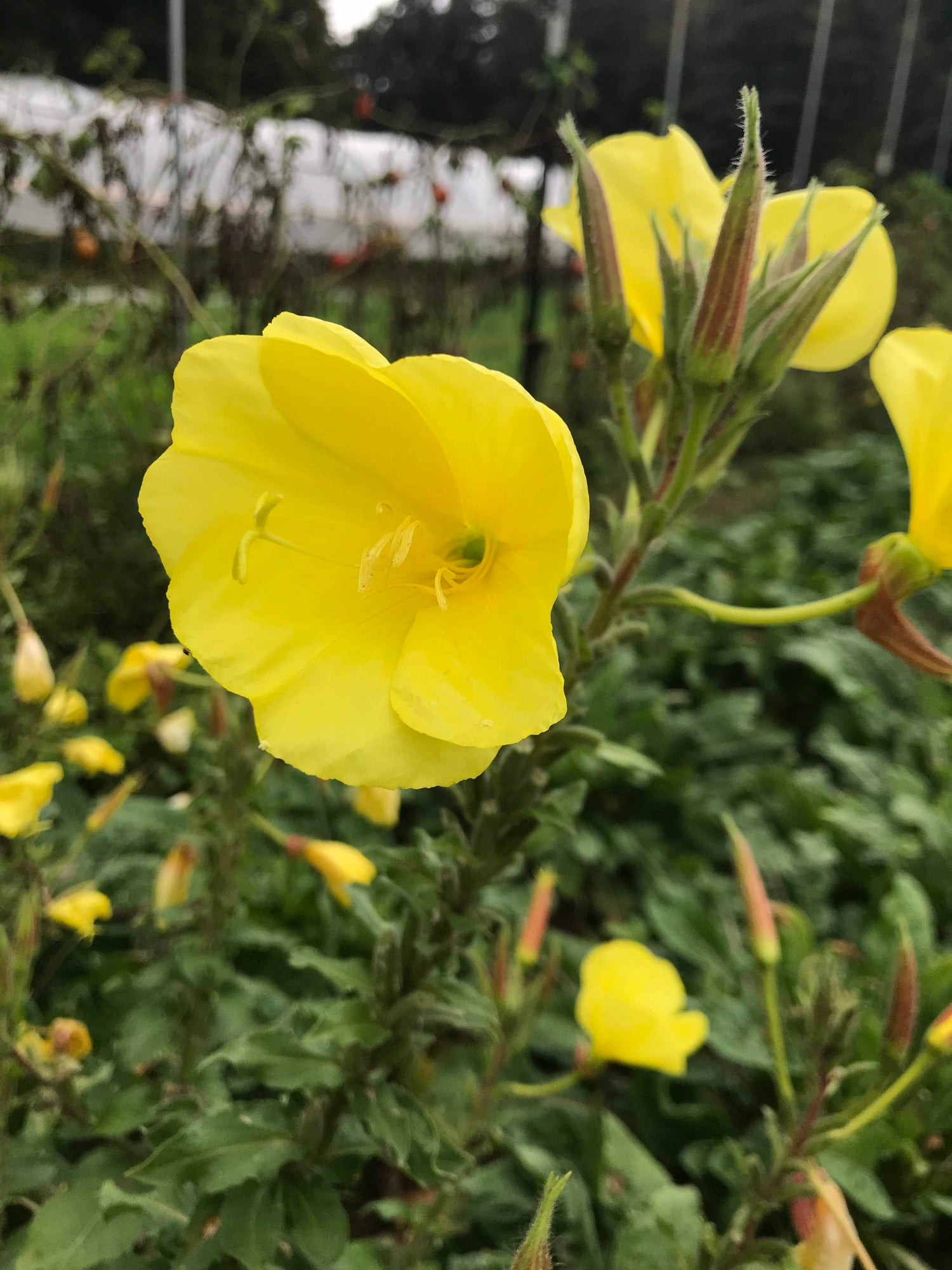1
/
of
9
Hudson Valley Seed Co.
Pollinator Petal Patch
Various Species
Provide refuge for pollinators!
Why do flowers come in so many colors? One theory is that the colors attract pollinators. But insects, including solitary bees, honey bees, butterflies, wasps, and flies, don't see color the same way we do. Their compound eyes can detect most of the colors we can't but they also see UV light, invisible to humans. To their eyes, every beautiful bloom is a veritable bullseye, a combination of visible and UV light patterns that guide them toward sustaining nectar, thus continuing the cycle of life.
Includes New England Aster, Plains Coreopsis, Penstemon, Indian Blanket, Evening Primrose, Wild Bergamot, Milkweed, and Ohio Spiderwort.
500 seeds sow a 3'x10' garden plot.
Couldn't load pickup availability
Growing instructions
For the best mix, direct sow in fall. Can also be direct sown in early spring around last frost date. Broadcast evenly into a well-prepared, weed-free bed. Packet covers an area of approximately 30' square in size. Rake in lightly, and keep watered until germination. When seedlings set true leaves, thin to about 12-18" apart. This mix contains a combination of perennials and self-sowing annuals. Some varieties will bloom now; the full mix will appear in the second year.
Product Details
| Days to Maturity | 75 days365 days |
|---|---|
| Days to Germination | 5-25 days |
| Width at Maturity | 12" |
| Height at Maturiry | 10-24" |
| Sun Conditions | Full Sun (8+ Hours Sun) |
| Planting Depth | Surface-1/2" |
| Row Spacing | 18" |
| Plant Spacing | 12" |
About the artist
Artwork by Bri Barton. Bri is an artist, witch, plant grower, and educator. She uses paint, ink, shadows, and light to create art that is collaborative, participatory, and informative, like this pollinator coloring page. The insects are coloring in the flowers one by one as they touch them.










Pollinator Petal Patch
- Regular price
-
$3.99 - Regular price
-
$4.99 - Sale price
-
$3.99


